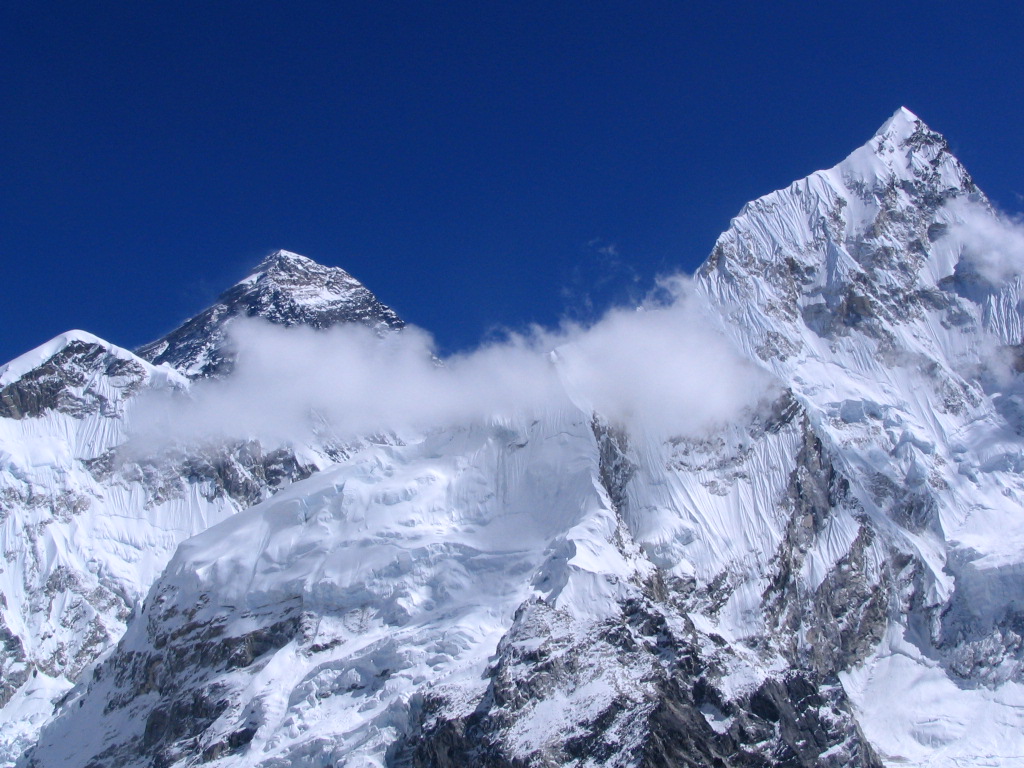trekking trip to the mountains either because of lack time or physical fitness, or due to sheer want of the adventure streak, there are mountain flights to simulate the experience.For millennia, the Himalayas have had a grip on the world's imagination. The sheer majesty and grandeur of the lofty, snow-capped mountains have inspired awe, curiosity and reverence.
Tens of thousands of visitors from the world over come to Nepal annually, as English climber George Leigh Mallory would say, because they are there. But not all who visit the Himalayan kingdom can afford the time and the stamina to be on the mountains. You can, however, afford to be with us on our exhilarating Himalayan Spectacular that shows you the mountains from the closest range possible.
What to expect during the flight?
The one hour flight takes you within camera range of some of the highest peaks in the world, and cruising this close to the awe-inspiring massifs of rock and ice, is an out-of-this earth experience. The aircraft takes off and heads eastward and almost immediately, the peaks come into view. The first peak that appears on your horizon is the majestic Gosaithan, standing 8,013m tall. To its right, appears Dorje Lhakpa (6,966m), looking like a massive figure of 8, lying prone and covered in snow. To its right is Phurbi Chyachu, which looms over the Kathmandu Valley.
Next on your vision is Choba Bhamare, rather small in this company at 5,933m, but singularly stubborn as it remains unconquered to this day. Then comes Mt. Gaurishanker (7,134m), standing out sharp and conspicuous-Hindus believe that Lord Shiva and his consort Parvati protect this mountain.
As the flight move toward the eastern Himalaya, a succession of majestic mountains follows. Melungtse, with a plateau-like top stand at 7,023m; Chugimago is at 6,297m, and still remains to be scaled. Mt. Numbur stands at 6,956m. Then, Karyolung, a gleaming-white mountain at 6,511m, and cho-Oyu, the sixth highest in the world at 8,021 m.
The last and most exciting stretch of the journey takes you close to the 7,952m tall Gyanchungkang, which is considered an extremely tough climb. To its right is Pumori at 7,161m and Nuptse at 7,855m. Finally, there is Mt. Everest itself (8,848m), called Sagarmatha by the Nepalese and Chomolungma by the Tibetans. It is an altogether different feeling as one comes face to face with the world's tallest and most enigmatic of mountains. Mountain flights are also conducted from Pokhara.




















.JPG)